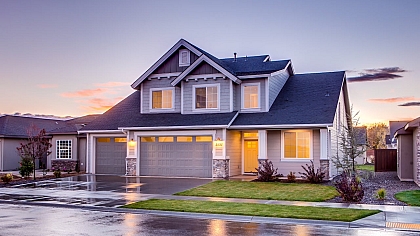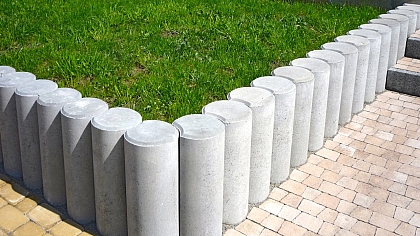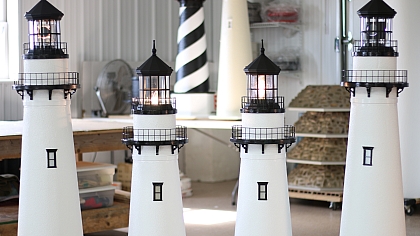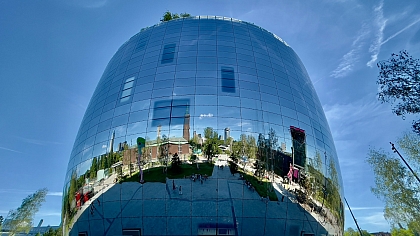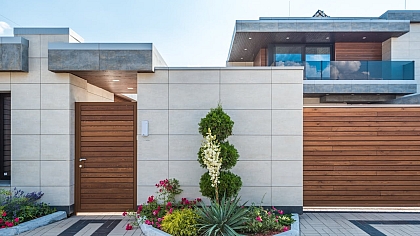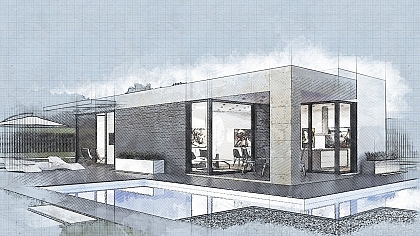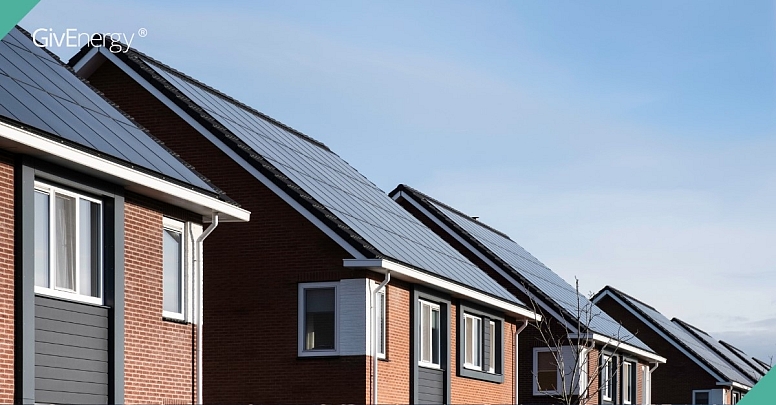
How To Make Your Home More Energy Independent
With the potential to cut energy bills and reduce carbon emissions, making your home more energy-independent has never been more attractive.
What once may have seemed farfetched is now a reality for many through solar PV, battery storage, heat pumps, and more.
Here, Dave Roberts, UK MD at energy storage specialist GivEnergy tells you all you need to know about how to make your home more energy-independent.
Find out:
- What ‘energy independent’ means
- What role renewable technology can play
- What role battery storage can play
- How to independently heat your home
… and more.
What do we mean by ‘energy independent’?
When we talk about an ‘energy-independent home’, it’s very rare that we mean ‘independent’ in absolute terms. Complete energy independence would involve going off-grid – disconnecting your property from the gas and electricity grids entirely.
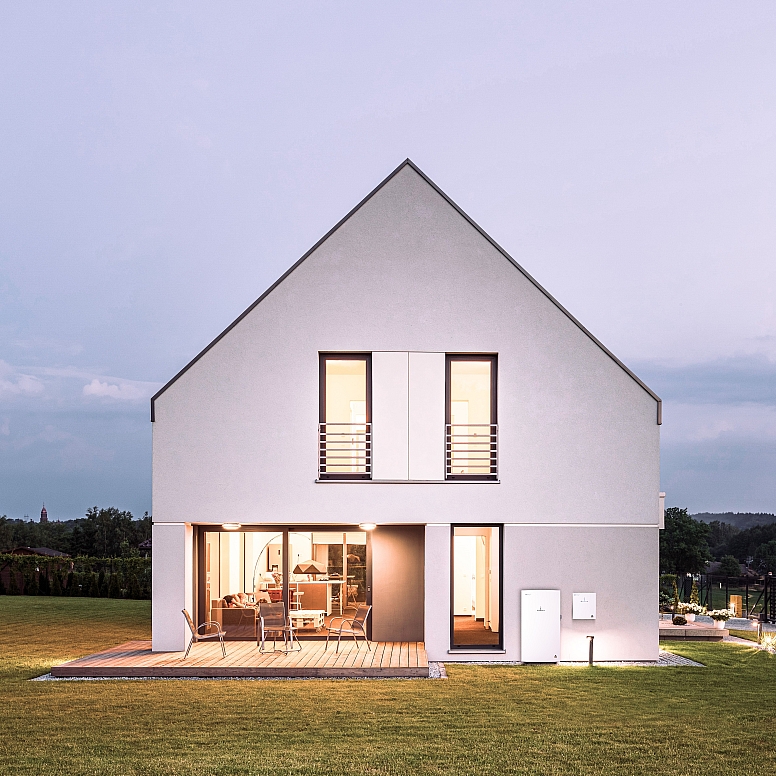
An off-grid home may conjure up images of a rustic life in the depths of the wilderness. And this image would usually be accurate.
Going off-grid has become a reality for some. One estimate from the United States suggests that around 250,000 people have complete independence from the grid. Meanwhile, in the United Kingdom, estimates put the number at around 150,000.
Make no mistake. Going off-grid has its benefits. However, for most of us, being responsible for our electricity and heating simply isn’t a reality. Not to mention the somewhat extortionate upfront costs.
Instead, for most of us, ‘energy independence’ is a matter of degree rather than kind. That means homes minimize their reliance on the grid; this could be by generating their renewable energy with solar panels or a wind turbine, and then discharging that energy to power their homes with a battery storage system.
However, as the homes are still grid-connected, they can draw from the grid when necessary. In short, it’s realistic for most homes to be more energy-independent and less reliant on the grid, rather than disconnected from the grid entirely.
Let’s find out how.
Renewable technology
Generating your renewable energy is a key step towards becoming more energy-independent. The more you use self-generated renewable energy to power your home, the less you need to draw from the electricity grid.
Resulting in lower electricity bills and a lower carbon footprint.
Solar PV is by far the most popular renewable technology for homeowners. In the United Kingdom, at least 519,409 homes have solar PV installations, according to the latest MCS figures. Meanwhile, around 3.9 million homes in the United States have gone with solar.
Why is home solar so popular?
· Affordable
For one thing, solar has become relatively affordable. In 1975, solar panels cost over USD100 per Watt. In the last few years, that price has come down to less than 50 cents.
· Scalable
You can install as many panels as you want, depending on your roof size, the size of your property, average electricity usage, etc.
· Practical
Generally speaking, you don’t need a permit or planning permission for rooftop solar panels, though you must make sure your system is wired by a qualified electrician.
What happens on days with little direct sunlight?
Contrary to popular myth, solar panels don’t need direct sunlight to generate energy. While the amount of energy generated will be lower in less sunny conditions, your panels will still generate some energy.
The amount of energy you can generate will vary, depending on:
- Where you live
- How your panels are angled
- Seasonal variations
To understand what factors you need to consider when installing solar panels, you may want to use a solar calculator.
What about other renewable technologies?
Wind
A wind turbine for home is another means of generating renewable energy. This could be with a small roof-mounted turbine or a larger standalone turbine.
Wind turbines can be an effective means of energy generation, especially in areas where wind speeds are high. However, there are a few reasons why home wind turbines are not as popular as solar panel installations.
· Upfront cost
To install a standalone wind turbine, you’ll need a lot of money. We’re talking up to USD 75,000, depending on the exact size of the system.
While you could opt for a cheaper roof-mounted turbine, the amount of energy you can generate will be limited. You’ll have to consider if the savings in energy bills over time are worth the cost.
· Practical considerations
To install a large standalone wind turbine, you’ll almost always have to jump through a few administrative hoops – far more than for a solar installation.
For instance, you will have to get planning permission – the British equivalent of a permit in the United States.
Hydropower
A home hydro turbine generator is another option for generating renewable energy. With access to a constant flow of running water from a nearby stream or river, hydropower can provide consistent energy year-round.
Bear in mind that you may need to jump through various hoops, depending on where you live. For instance, in the UK, you may need to obtain an abstraction license to draw water from a river or stream.
Compared with solar installations, hydropower isn’t as popular due to the simple reason that most of us don’t have access to a nearby river, stream, or any other source of flowing water.
All in all…
… you should carefully consider your options. However, the chances are that a solar PV installation will be the most viable means of becoming more energy-independent.
Battery Storage
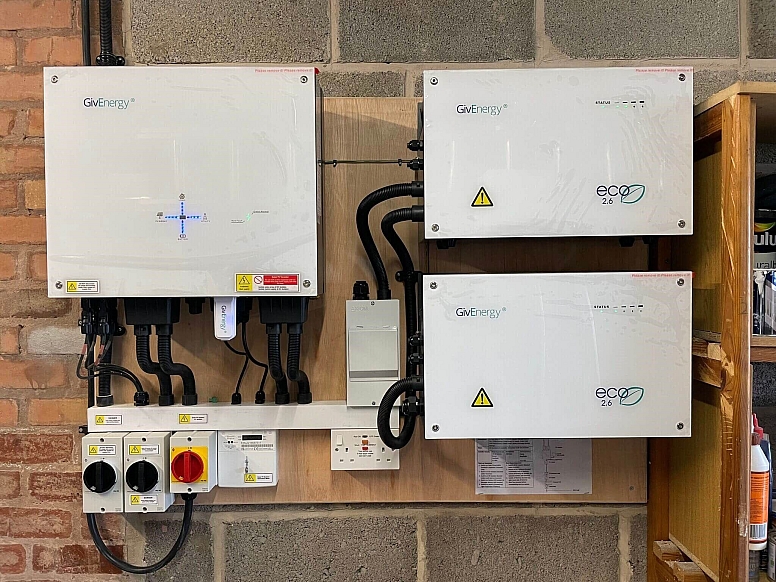
While renewable technology can generate energy, home batteries allow you to store it.
Unfortunately, renewable generation doesn’t always align perfectly with peak electricity demand. The opposite is often true.
Think of the following example
Imagine a typical 3-bedroom house with a solar panel system. During a sunny day, the panels are generating plenty of clean and free solar energy. Peak electricity demand comes later in the evening when everyone arrives home and starts to do activities requiring high electricity use – turn on the kettle, watch TV, use the electric oven, etc.
However, by this time, it’s already getting dark and there’s little to no solar generation.
The household needs to find a way to shift the solar energy generated during the day to use in the evening. That’s where battery storage comes in. The battery fills up with solar energy which can then be discharged, as and when required.
Strictly speaking, solar panels and other renewables work without battery storage. However, a lot of the energy generated will go to waste. Batteries help you make more effective use of renewable energy.
What size battery is right for me?
Choosing the right battery storage system for you depends on several factors. These include:
- The size of your home
- Your average electricity usage
- The capacity of your solar panel system (or other renewables)
Make sure to do your research before making a decision. Like with solar panels, battery storage systems are scalable. Should your energy needs change in the future – for instance, if you increase your solar capacity or add high-powered devices – you can retrofit additional battery storage capacity.
What about a battery storage system without renewables?
A standalone battery storage system without any renewable technology can also make your home more energy-independent. Here’s how it works.
Let’s assume you’re on a time-of-use tariff, meaning electricity from the grid is priced differently, depending on the time of day. Cheaper rates come about during off-peak hours, such as overnight. Meanwhile, you’ll find more expensive rates during peak hours – mornings, late afternoons, early evenings, etc.
Charge your standalone battery from the grid during off-peak hours, then discharge to power your home during more expensive peak hours. In effect, this lets you store cheaper energy and avoid more expensive electricity rates.
Make no mistake. Battery storage plus renewables is the ideal choice for becoming more energy-independent. However, standalone battery storage can be the next best choice for those who:
- Can’t afford the upfront cost of solar panels
- Don’t have the roof space for solar
A standalone battery storage system allows you to become more energy-independent when prices are higher.
What about heating?
So far, all of the above relates to how you can become more independent in terms of your electricity supply. But what if you also want a more independent way to heat your home?
Heat pump, battery storage, and solar PV
As the world aims for net zero carbon emissions, installations of carbon-free heating systems are on the rise. Heat pumps – particularly air source heat pumps (ASHPs) – are among the most popular.
Unlike a gas boiler, ASHPs don’t directly emit any carbon. However, they do need electricity. A report co-authored by the Centre for Net Zero suggests annual consumer electricity demand will rise by 50% by 2035 in the UK – driven by the electrification of heating and transport.
Therefore, this raises the key question of how to power a heat pump using clean renewable energy. After all, if the rise of ASHPs strains the grid to the point where operators need to resort to burning carbon-emitting fossil fuels, this would merely be counterproductive to net zero goals.
Combining an ASHP with renewables and battery storage is one way to mitigate this risk. Plus, it can also be a means of becoming more energy-independent in the way you heat your home. Researchers at the Fraunhofer Institute for Solar Energy Systems in Germany have looked at this very combination. They found that this setup can improve the efficiency of a heat pump while drawing less energy from the grid.
If you are considering combining a heat pump with solar PV and battery storage, bear in mind the following:
- You’ll need properly sized solar and storage capacity to meet your heat pump’s electricity needs.
- You'll need to account for seasonal variations in electricity usage.
- There will probably be days when you need to draw electricity from the grid to run your heat pump. However, by sizing your solar and storage capacity as close as possible to your needs, you can minimize this and therefore, maximize your energy independence.
Other ways to make heating your home more energy independent you could consider:
- Solar thermal panels with heat battery
- High heat retention storage heaters
- Biomass boilers and stoves
TL;DR
- For most of us, making our homes more ‘energy independent’ involves maximizing the use of self-generated renewables, while maintaining a grid connection.
- Solar PV panels are the most affordable and scalable means of generating renewable energy. However, wind turbines and hydro generators could also be viable options for some.
- Renewables need battery storage to work effectively. Energy customers can also consider standalone battery storage as a means of minimizing reliance on the grid when electricity is more expensive.
- In addition to electricity, you can also make the heating of your home more independent by combining an ASHP with solar PV and battery storage.

